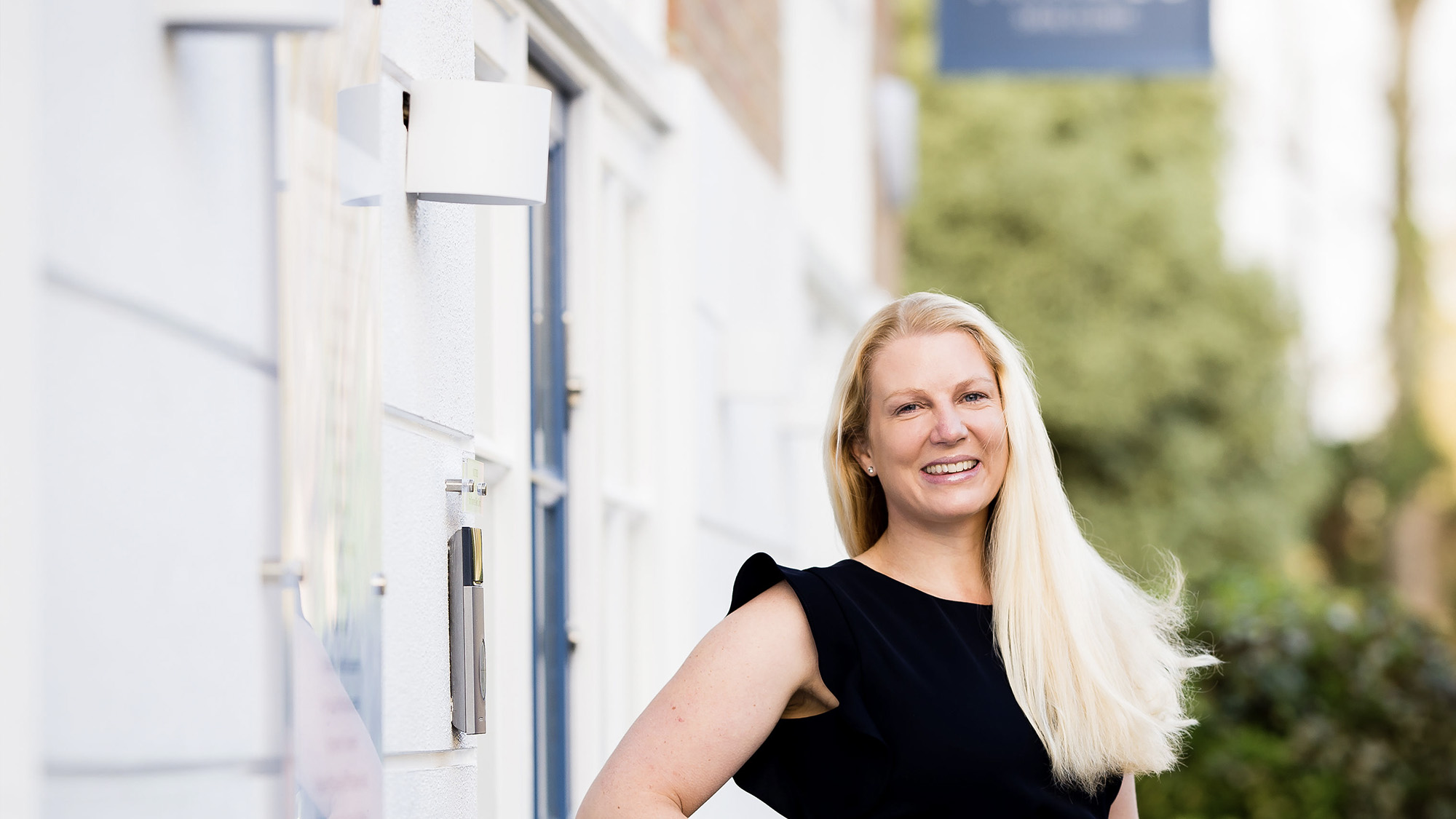
Acne can cause permanent scarring when the body’s natural healing process over produces collagen. Acne scars can be flat, others raised or depressed, however they leave altered skin texture and can cause awareness and reduced self confidence.
Collagen production changes within acne scars. Collagen is normally constantly broken down by the body, but when it is formed in a thickened area or scar this process doesn’t happen. Some scars are deeper than others and acne can cause pitting, ice pick marks and keloid scarring to the skin.
Atrophic scars are flat, shallow depressions commonly caused by cystic acne. There are 3 types of atrophic scars
Hypertrophic scars for raised lumps of scar tissue in the skin. These acne scars happen when the scar tissue builds up and tend to be the same size as the acne spot.
Keloid scars are larger and raised, growing beyond the site of the original spot.
At Thames Skin Clinic, we create a personalised treatment plan for acne scars after a consultation with Dr Anna Hemming or a trained practitioner. We assess your skin type, scar severity and type, plus any previous treatments or skin conditions. Based on this, we recommend the most effective course, which may include
The best time to treat acne scars is once your active acne breakouts are under control and your skin is relatively clear. Treating scars while you still have active acne can irritate your skin, potentially worsening existing scars or causing new ones. For example, microneedling, a popular scar treatment, is not recommended during active acne because it may spread infection and increase inflammation.
Acne scar treatments at Thames Skin Clinic are well-tolerated, with minimal discomfort. We can apply numbing creams before microneedling or laser sessions to keep treatments as comfortable as possible for you. Downtime is minimal for many treatments, with mild redness or swelling lasting 12 to 24 hours. More intensive options, such as chemical peels and CO2 laser treatment may involve peeling or scabbing for 5 to 7 days. Regardless of the treatment, we’ll guide you through post-care so your skin heals beautifully and safely.
